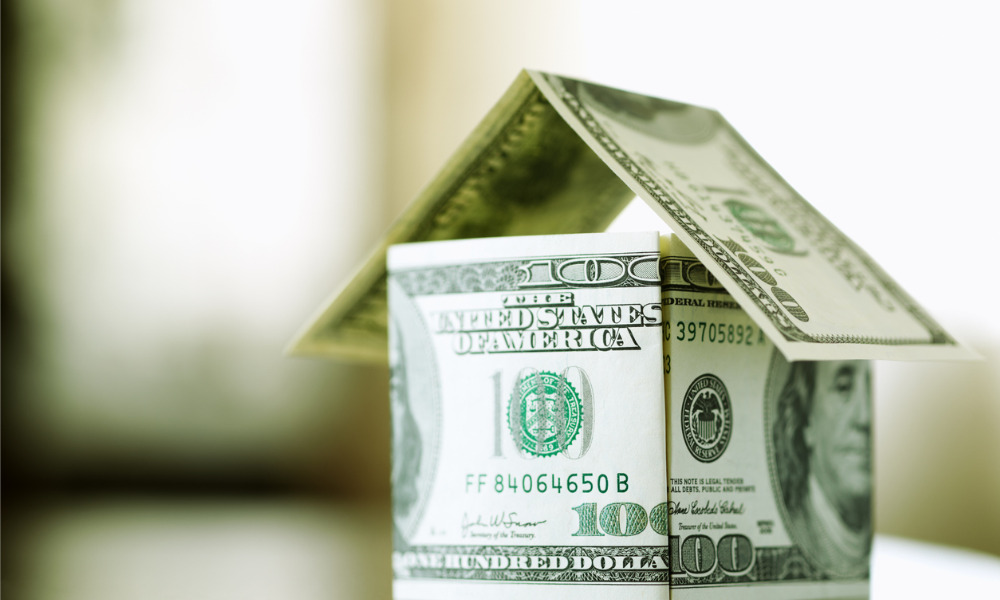Income gains can't keep pace with rates and prices, First American report shows

Home prices in the United States decreased 1.8% between December and January, according to the latest Real House Price Index (RHPI) from First American Data & Analytics. However, affordability still declined year-over-year due to rising mortgage rates and higher nominal home prices.
Consumer house-buying power saw a slight 2.1% month-over-month increase, but a year-over-year decrease of 0.1%. While median household income has grown 3.9% since January 2023, First American chief economist Mark Fleming explained that it hasn’t been enough to fully offset rising mortgage rates and home prices.
“In January 2024, mortgage rates declined, and affordability improved by nearly 2% compared with December, according to the RHPI. However, on an annualized basis, affordability decreased by approximately 7%,” Fleming said.
Fleming noted that income growth is expected to moderate further in 2024 as the labor shortage narrows. At the same time, mortgage rates are projected to retreat from their peak of 7.6% in October 2023, with industry forecasts averaging around 6.25% by the end of 2024 as inflation recedes.
“If mortgage rates fall to 6.25% by the end of 2024, household income grows at the pre-pandemic historical average of 2.9% compared with the end of 2023, and nominal house prices increase by 3.7% annually, affordability will improve by a little over 3% at the end of the year compared with January. Even modest improvements in housing affordability will be welcome news for buyers currently sitting on the sidelines,” said Fleming. “However, even at this level, affordability will remain nearly 38% worse than in February 2022, just before the Fed started increasing rates.”
Read more: How is the spring housing market shaping up?
While nominal house prices are expected to rise by 3.7% in 2024 due to persistent undersupply, Fleming said this is closer to the historical average after the sharp increases of recent years.
“The housing market remains undersupplied relative to demand, which puts upward pressure on prices,” he said.
Unadjusted house prices are now 58.2% above their 2006 peak during the housing boom. In contrast, real house prices adjusted for consumer house-buying power are 1.6% below their 2006 level and 40.7% higher than in January 2000.
Stay updated with the freshest mortgage news. Get exclusive interviews, breaking news, and industry events in your inbox, and always be the first to know by subscribing to our FREE daily newsletter.



